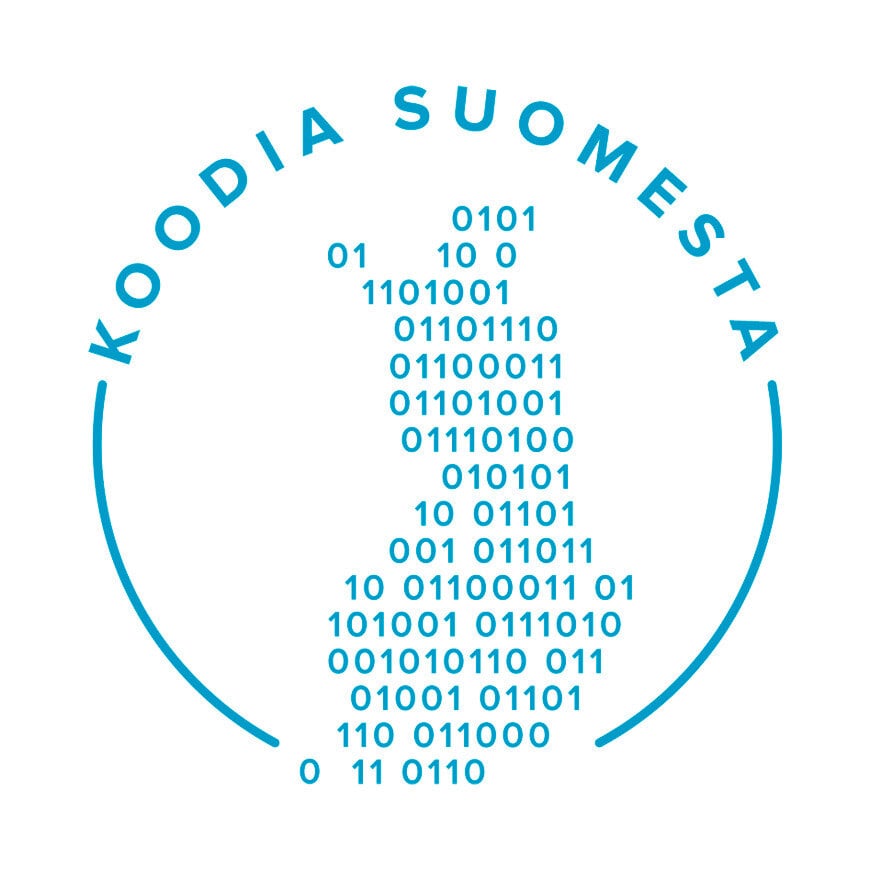Human-Centered Design: See from your consumers point of view!Transforming Healthcare Through Empathy and Innovation

What is Human-Centered Design?
Human-Centered Design (HCD) is not just a design approach; it's a philosophy that puts people at the forefront of the creative process. At its core, HCD is about crafting solutions with an unwavering focus on understanding and empathizing with the end-users. By creating experiences tailored to the unique needs and preferences of these users, HCD ensures that the final products are not just user-centric but deeply cherished.
HCD revolves around understanding how users interact with a product or service
This approach places a strong emphasis on user experience, ensuring that every touchpoint is intuitive, efficient, and enjoyable. To achieve this, HCD relies on a solid foundation of extensive user research, employing techniques like surveys, interviews, and data analysis to unearth valuable insights into user behavior and pain points.
This research forms the bedrock upon which design solutions are built, ensuring they are rooted in empirical evidence.

One of the key pillars of HCD is the rigorous analysis of data
This critical step allows designers to identify opportunities for improvement, ensuring that the proposed solutions are backed by a solid foundation of evidence. Testable prototypes are often created as part of the process, allowing designers to validate their solutions before implementing them on a larger scale. Additionally, HCD places a strong focus on inclusivity, striving to create solutions that cater to the diverse needs of users, making them more accessible and user-friendly.
Streamlining processes and creating a seamless user journey are integral components of this approach, ultimately improving both user satisfaction and operational efficiency.
Furthermore, HCD ensures that design solutions align with business objectives, creating value for both users and the organization. Content strategy is pivotal in crafting user-centric content. Technology integration is seamlessly employed to enhance user experiences. Ultimately, HCD aims to deliver solutions that drive positive outcomes for all stakeholders.
With this understanding, let's explore an example of HCD in the healthcare sector.
Revolutionizing Patient Care: How Human-Centered Design is Transforming Healthcare
In the fast-evolving landscape of healthcare, the patient experience stands at the forefront of transformation. Healthcare institutions worldwide are increasingly embracing Human-Centered Design (HCD) to elevate patient experiences and enhance healthcare efficiency.
In this blog post, we'll embark on an in-depth exploration of the incredible potential of HCD, backed by a real-life example from the healthcare sector, and how you can participate in our design journey to make a difference.

Transforming Healthcare through Human-Centered Design
The healthcare sector, with its profound impact on human lives, is an ideal arena for the application of HCD. By deeply understanding patient needs and pain points, healthcare institutions can revolutionize the way healthcare is delivered.
A Hospital's Journey to Patient-Centricity
Imagine a forward-thinking hospital that embarked on a mission to enhance the patient experience. They embarked on an extensive journey of user research, engaging with patients, caregivers, and medical staff through surveys, interviews, and observational studies. This meticulous data gathering process revealed several pain points in the existing system, such as long waiting times, confusing signage, and inadequate communication between patients and medical staff.
Empowered by these valuable insights, the hospital's administration committed to an extensive overhaul of their processes. They implemented digital kiosks for seamless self-check-in, redesigned signage for clarity, and introduced a user-friendly mobile app to facilitate improved communication between patients and medical staff. The result? A healthcare environment where patients felt empowered, valued, and at ease. This led not only to elevated patient satisfaction but also to a significant improvement in healthcare efficiency.
The hospital's commitment to HCD resulted in a holistic transformation of the patient experience, improving not only the quality of healthcare but also the overall efficiency of the institution.

Join Us in Crafting Solutions
Now, it's your turn to participate in our design journey and contribute to our mission of creating user-centric solutions. At our design agency, we employ innovative service design tools, like Typeform, to gather valuable insights from our audience. These tools enable us to conduct more effective user research, analyze data efficiently, and prototype solutions with precision.
Let people participate in the design process!
Here's how you can help:
Share Your Experiences: Have you encountered design solutions in the healthcare sector that have significantly impacted your life? Your experiences and insights can serve as a wellspring of inspiration for our future projects.
Leverage Typeform for User Research: We've discovered that tools like Typeform are incredibly powerful for collecting valuable insights from our audience. They streamline user research, data analysis, and the development of prototypes with a higher degree of accuracy.
Collaborate with Us: Our brainstorming sessions are renowned for sparking creativity. We firmly believe that the best solutions are born through collaboration, and we extend an open invitation for you to join us in the design process.
As a conclusion
Human-Centered Design is a commitment to crafting solutions that are meaningful, inclusive, and user-centric, elevating both user satisfaction and organizational efficiency. Join us in crafting solutions that matter, and together, we can unlock value, enhance accessibility, and make life more enjoyable for all, especially in the complex and critical world of healthcare.
Not to mention, in the end the method reduce costs. Read more here.
Read more about human-centered design, how it differs from design thinking! Read more here.



